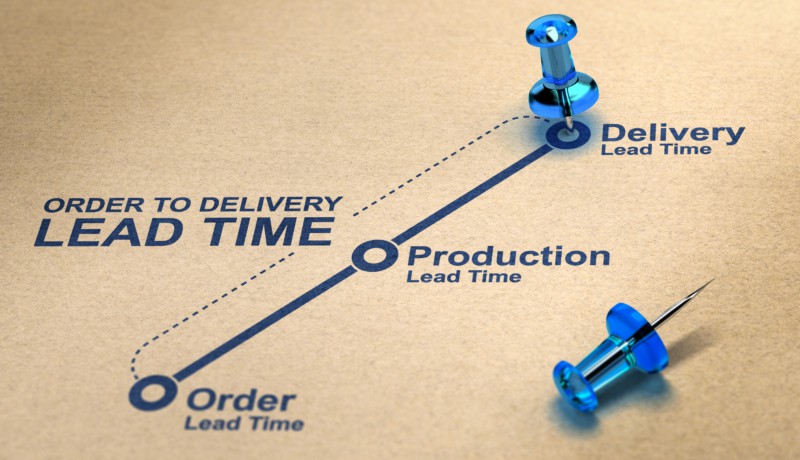The Difference Between a Batch Order and a Continuous Process Order: Which one Will Reduce Your Manufacturing Lead Times?

There are a lot of different methods that can be used for manufacturing, but some are always better than others. Batch production and continuous process production are common options for companies that are making products, though it can be hard to understand which will be best for your business until you take a deeper look at them.
What Are Batch Orders and Continuous Process Orders?
While they are quite similar, the differences between batch processing and continuous processing can make the end result very different. We’ve outlined these two methods below to give you a better idea of how they work.
Batch Orders
In a batch order process, products will be manufactured in groups. Each stage of the production process will only begin once the previous one has finished for each product, and this means that large groups of products will be finished at the same time.
Continuous Process Orders
As their name suggests, continuous order processes don’t stop. Rather than waiting for other products to finish each stage of production, each product will continuously flow through your facility. This means that products will be finished one by one, but there will be a steady flow of products being finished each day.
Which Order Method Is Best?
It can be very difficult to say which of these options is best for modern companies. In reality, you need to assess the needs of your production process before you choose the methods you will be using. That said, these two options do come with their own benefits.
Batch order processes are generally better for small production runs, as you don’t need to set up a facility specifically for this sort of manufacturing. You can still produce large batches, lowering material costs and production times, but there will be a limit to the scale that this option will remain economical.
Continuous process orders are used when a company wants to produce products for a long time. Lead times can be reduced, with the engineers in your facility having much greater control over the materials and other resources they have available to them. A continuous process can also make it much easier to foresee delays that could cost you money down the line.
Reducing Lead Times With The Right Order Process
Reducing lead times is one of the key benefits of choosing the right manufacturing method. Both batch and continuous order processing can reduce lead times, but it depends on the size and scale of your production run.
Batch order processing is usually faster for small orders, reducing lead times thanks to the lack of set-up required to get started. Continuous processing can reduce lead times on large production runs, though, as you can control your resources more effectively and take delays into account.
How can reduced lead times change your company's workflow? Choosing the right manufacturing method for your business and products can be a challenge, but companies like Pegrex can help you with this. Click here to read why partnering with Pegrex can get the best from your component manufacturing.

